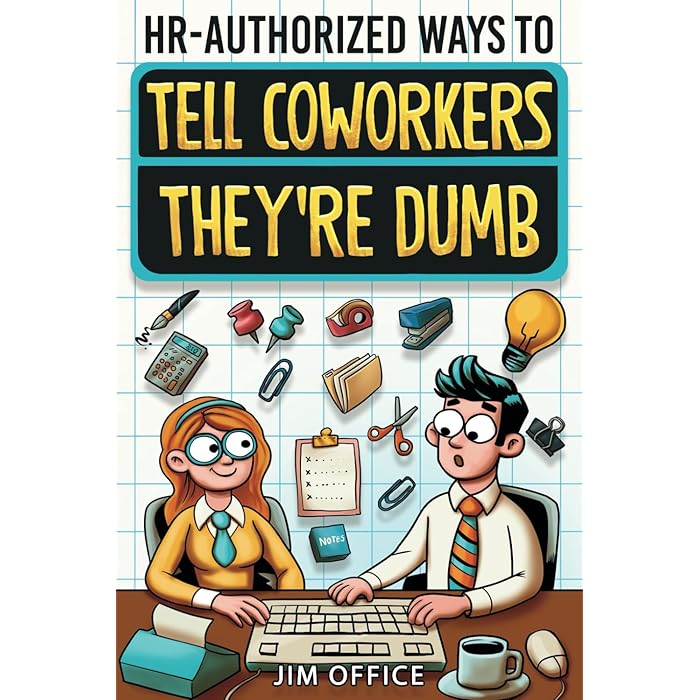Description
While it’s important to maintain a respectful and professional atmosphere in the workplace, there are ways to address issues with a colleague’s behavior or performance without directly calling them “dumb.” Here are some HR-authorized approaches to expressing concerns or offering constructive feedback:
### 1. **Use Constructive Feedback**:
Instead of calling someone “dumb,” focus on specific actions or behaviors that need improvement.
– Example: “I noticed that the approach you used for this task didn’t quite meet the expected standards. Let’s go over the process together to see if we can identify ways to improve it.”
### 2. **Offer Help or Mentorship**:
If you sense a coworker is struggling, offer support rather than criticism.
– Example: “If you’d like, I can walk you through this process. I’ve worked on similar tasks before, and I think it might help to share some tips.”
### 3. **Frame the Situation as a Learning Opportunity**:
Everyone has room for growth, and reframing feedback as a learning experience can be much more effective.
– Example: “I think we can work together to improve the results here. Maybe we could look at some resources or training that might help strengthen your understanding of the topic.”
### 4. **Use “I” Statements**:
When giving feedback, use “I” statements to express your perspective without accusing or belittling the person.
– Example: “I find that I’m sometimes unclear about your reasoning in meetings. It might be helpful if we could break things down a bit more so I can follow along better.”
### 5. **Redirect Their Focus**:
Help them see how they can refocus their efforts rather than highlighting their mistakes.
– Example: “I think you might have missed a key point in the presentation. Let’s go back over the main data to make sure we’re aligned on the goals.”
### 6. **Offer Positive Reinforcement Along with Criticism**:
Balance constructive feedback with positive comments on their strengths or efforts.
– Example: “You’ve been doing great in terms of effort, but the final details on this project need more attention to meet expectations. Let’s go over the specifics to get it right.”
### 7. **Highlight Areas for Improvement**:
Focus on areas where the person could improve, rather than making negative comments.
– Example: “In this situation, it looks like a different approach could have been more effective. I think we can explore other methods to help refine the process next time.”






Reviews
There are no reviews yet.